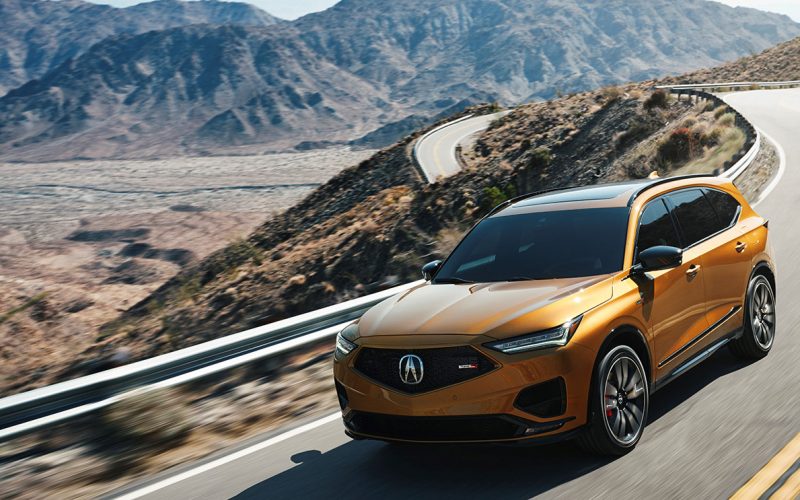
Reading Time: 3 minutesUntil recently, the most you could pay for an Acura MDX (less destination and dealer prep
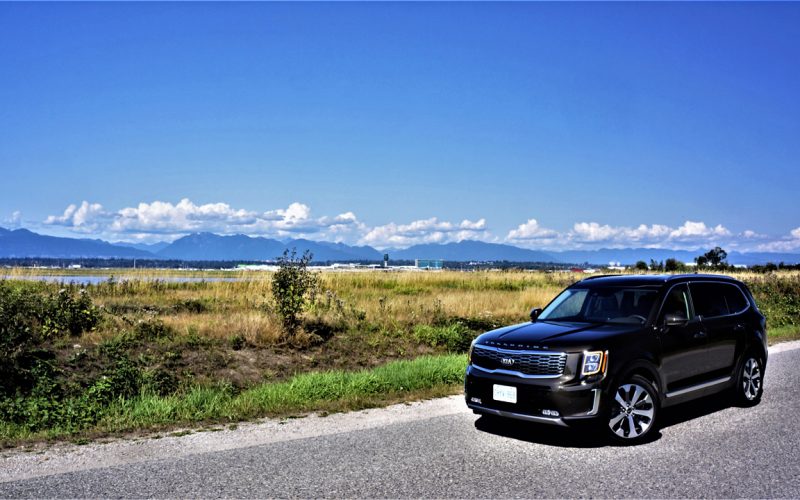
Reading Time: 14 minutesComparisons between Kia’s Telluride and Hyundai’s Palisade are starting to sound a lot like folks my
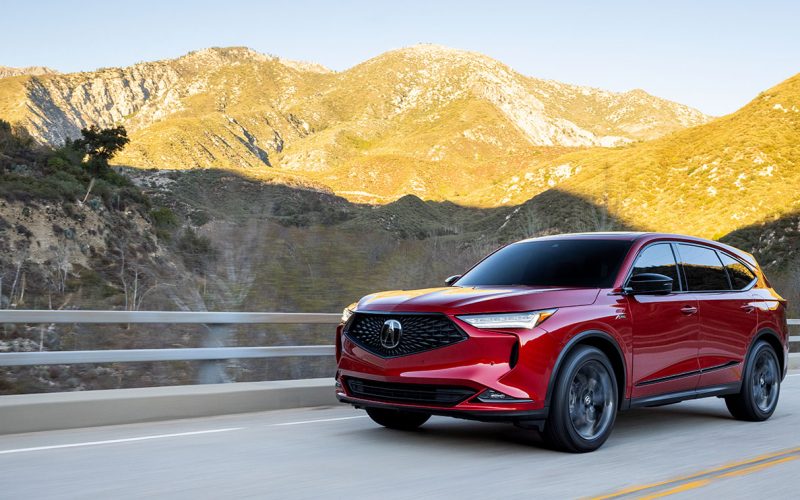
Reading Time: 2 minutesOff to a very good start, the totally redesigned 2022 Acura MDX has taken home a
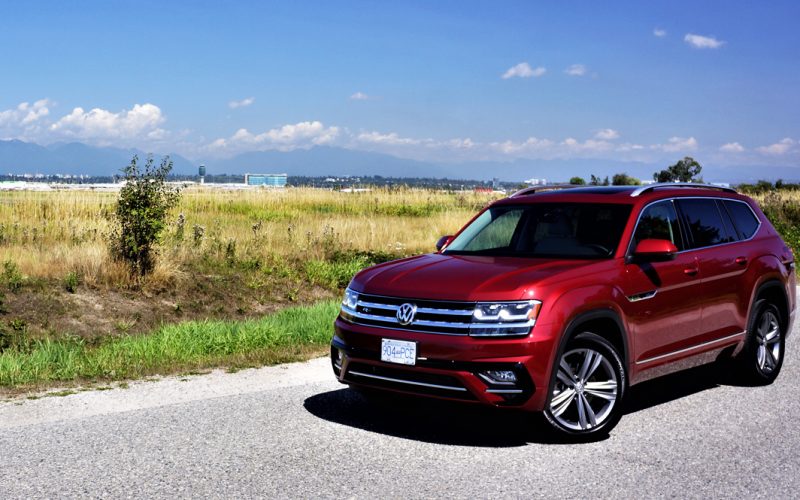
Reading Time: 12 minutesThe health crisis has caused mayhem in many industries, and while the auto sector hasn’t been
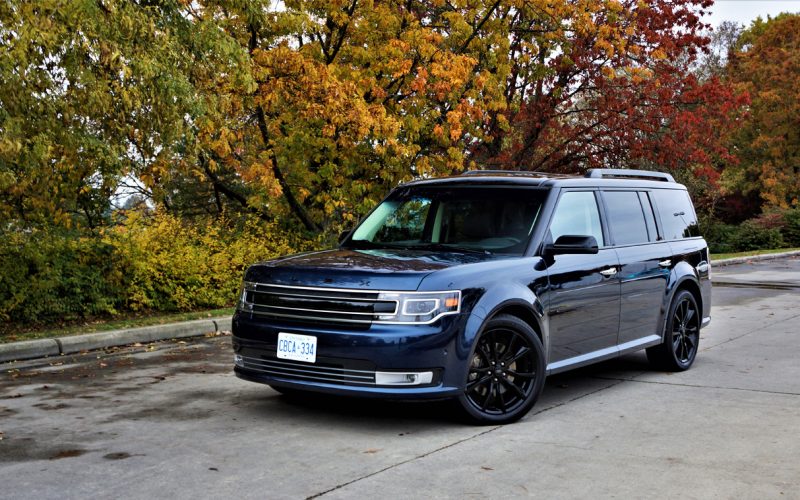
Reading Time: 13 minutesFYI, there are fewer new Ford Flex SUVs still available for sale than I had initially
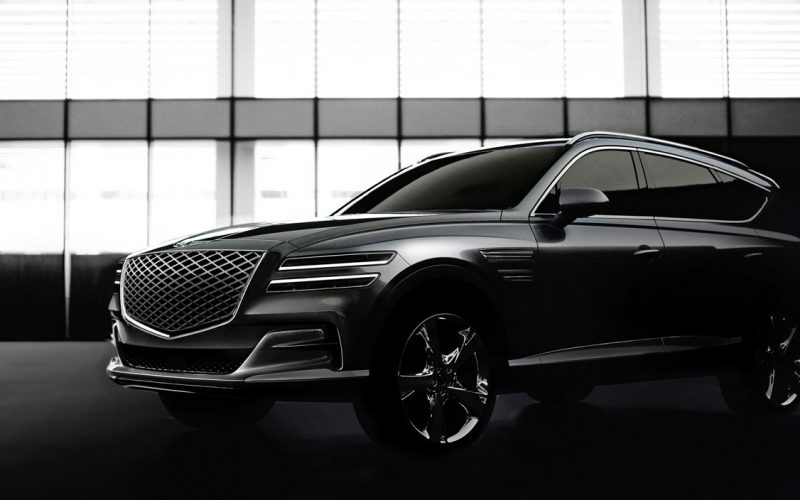
Reading Time: 4 minutesGenesis, Hyundai’s luxury division, just revealed new images of an all-new premium crossover SUV designed to
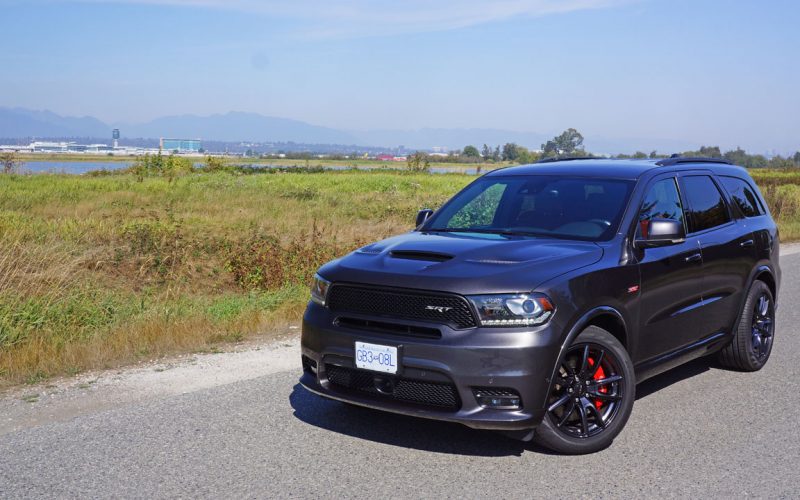
Reading Time: 10 minutesDodge is the Jolt Cola of the auto sector, or for those not old enough to
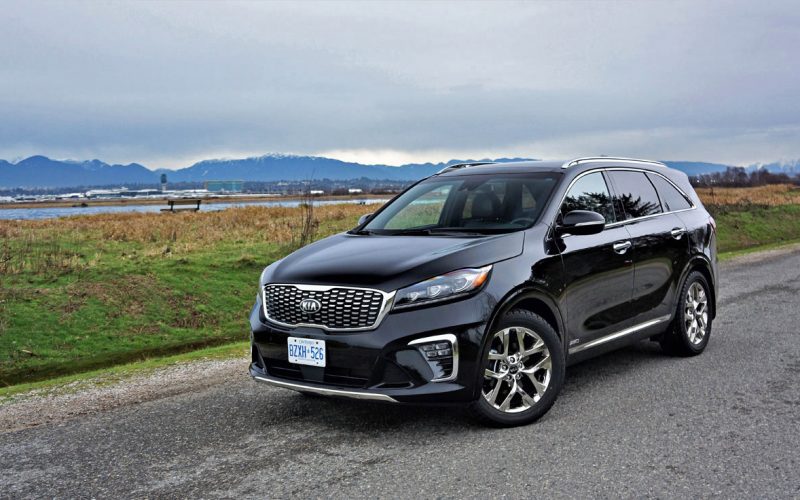
Reading Time: 14 minutesBack when first driving a 2016 Sorento, I found myself reveling in its sumptuous supply of
© 2025 The Car Magazine. All Rights Reserved, Privacy Policy | Terms of Use